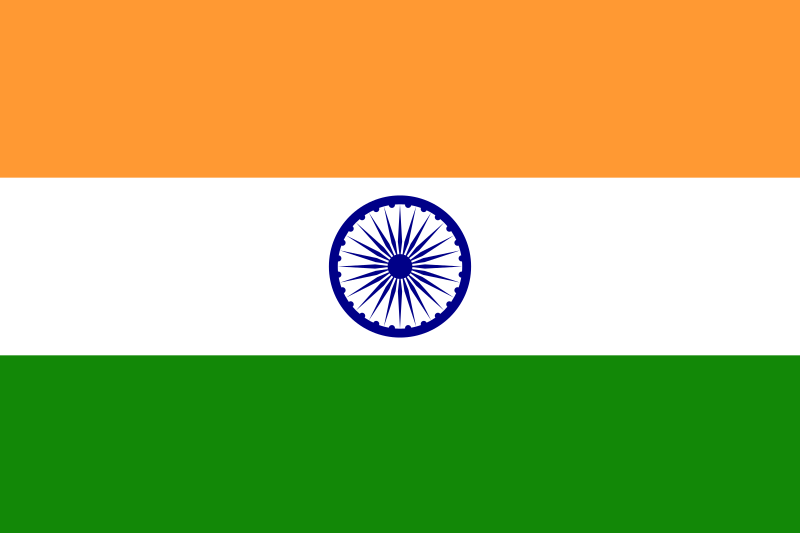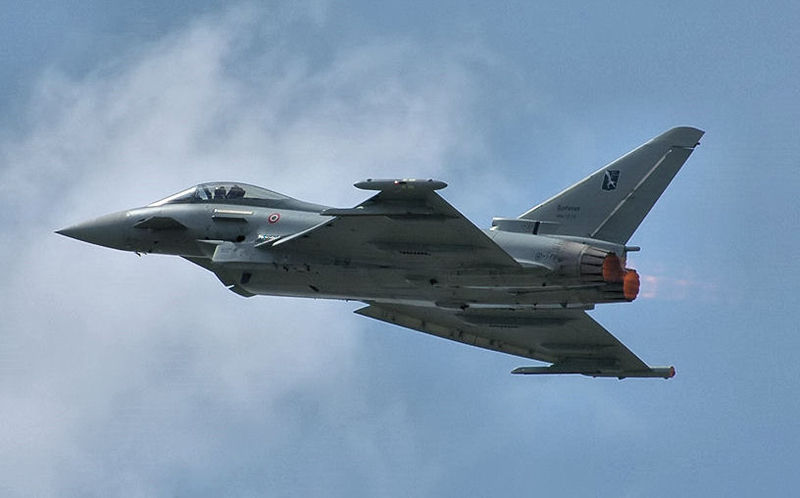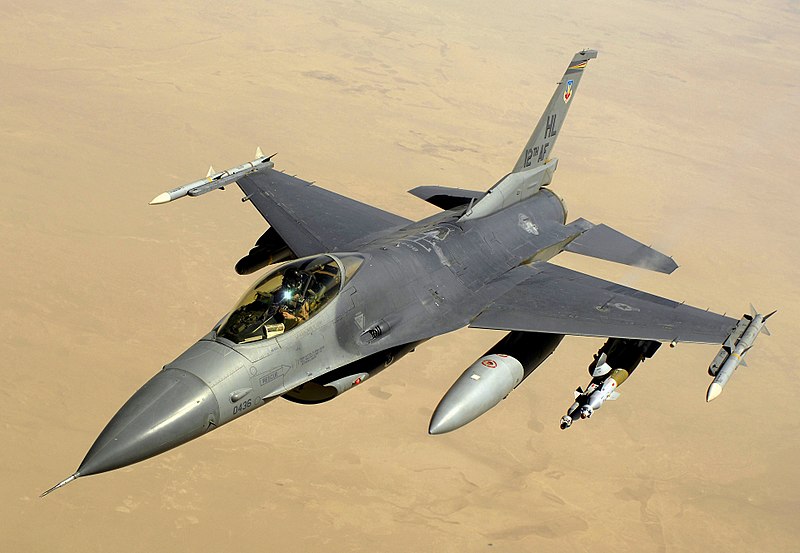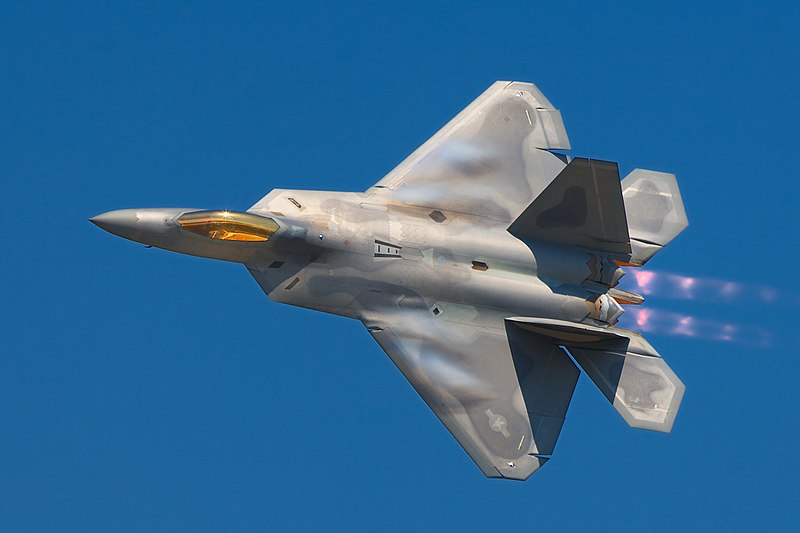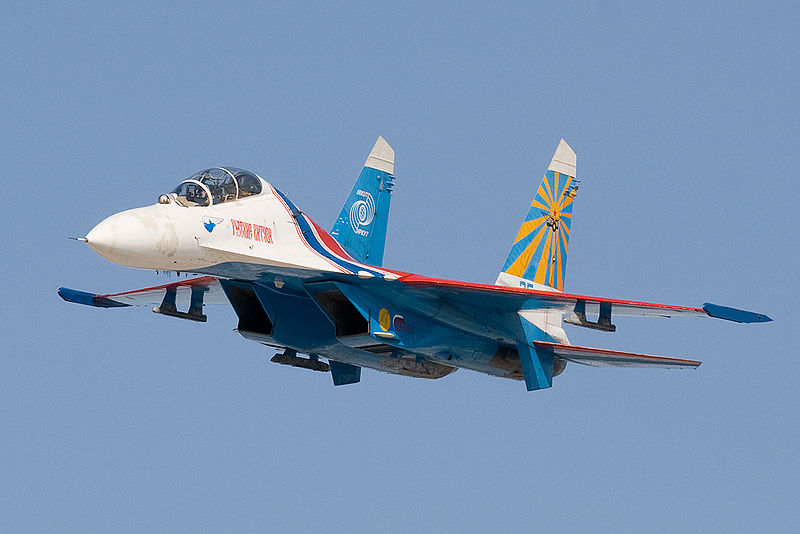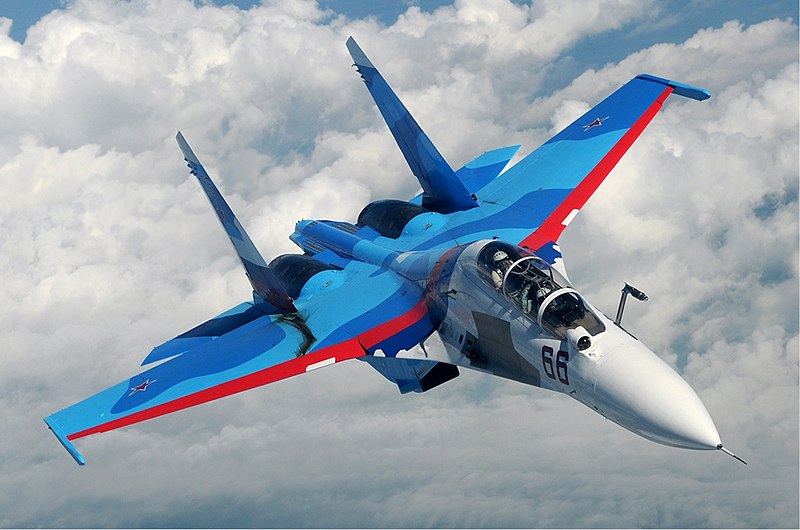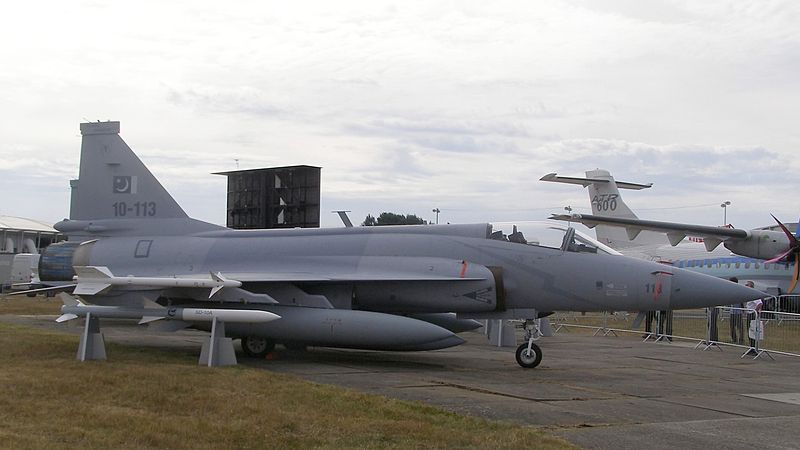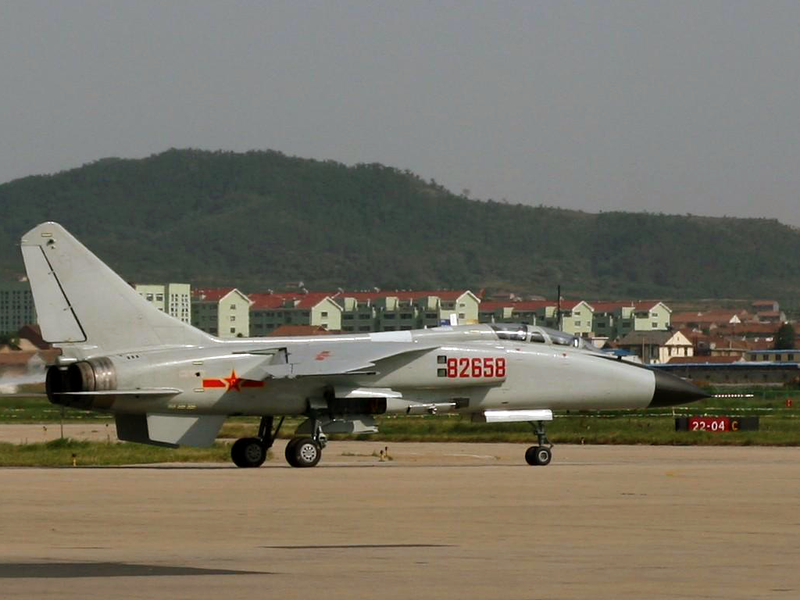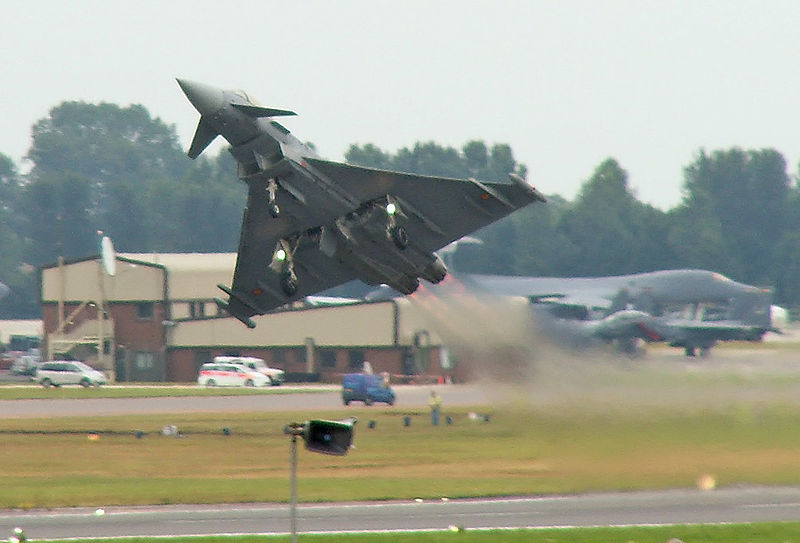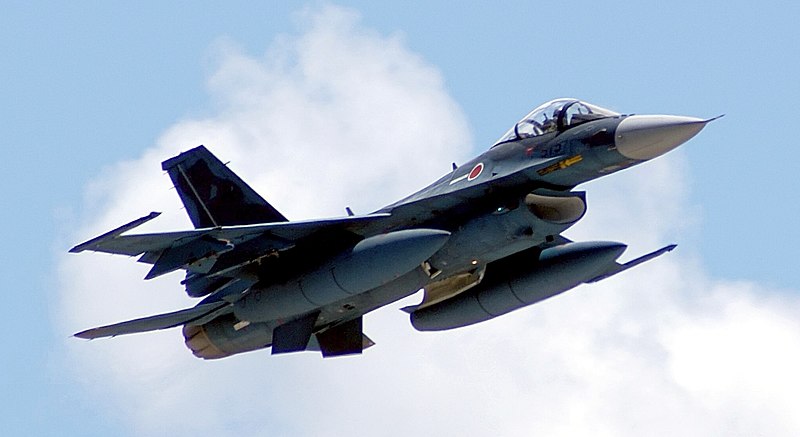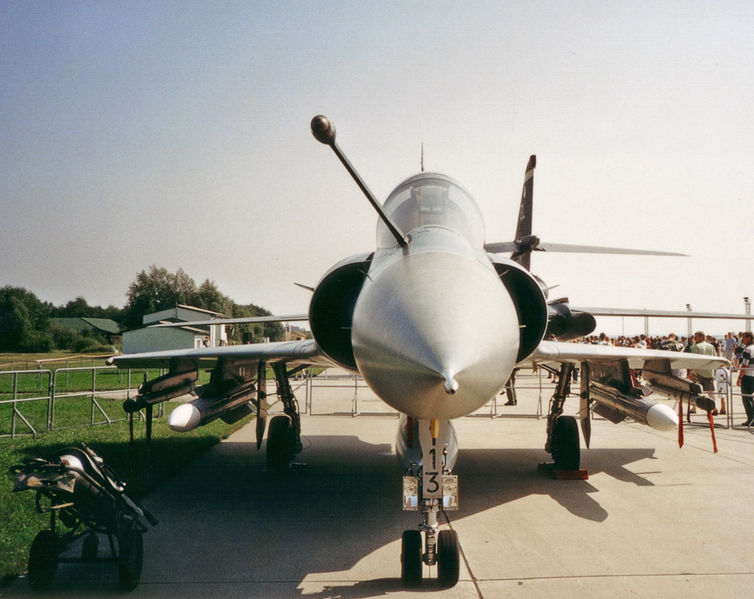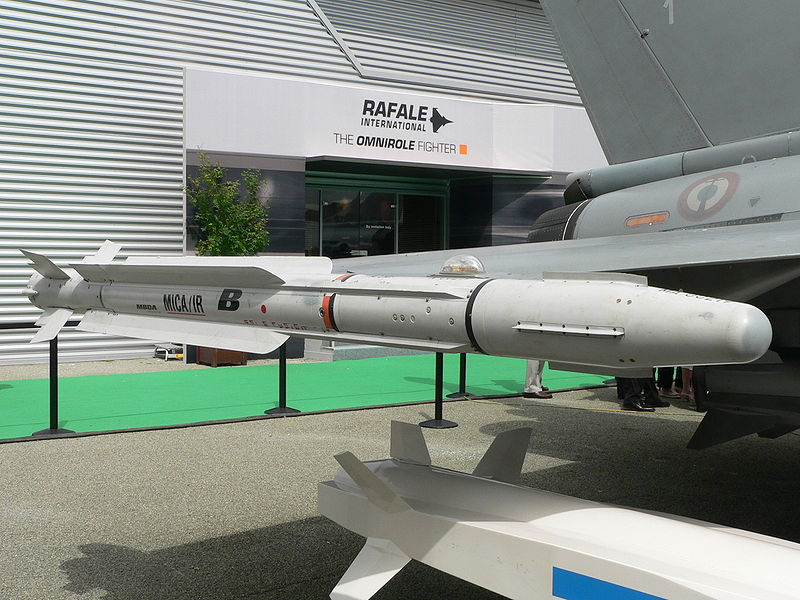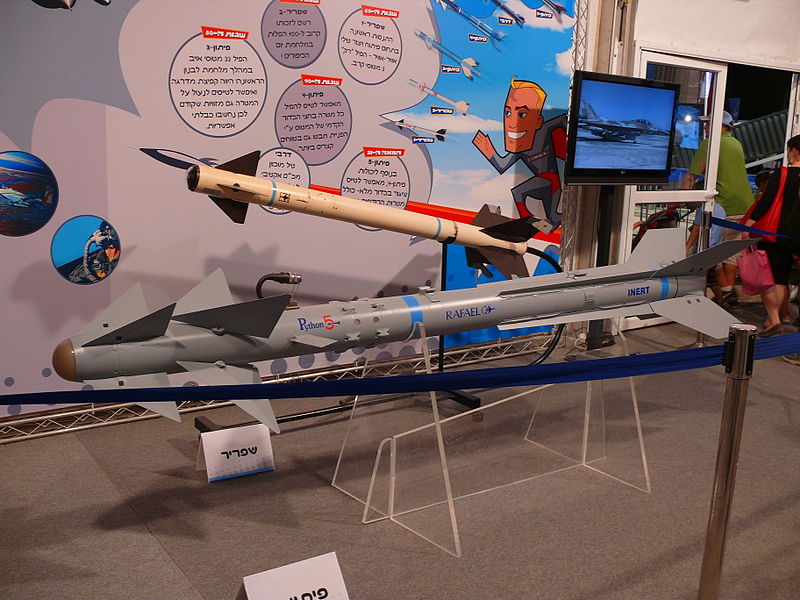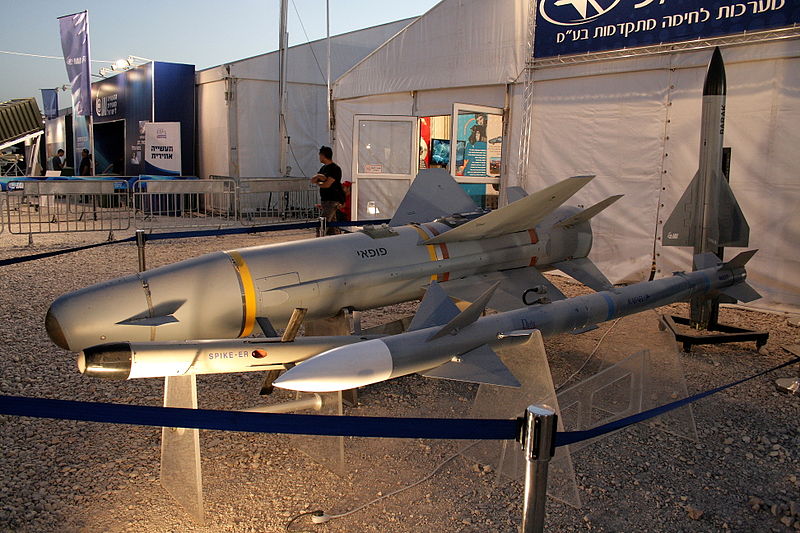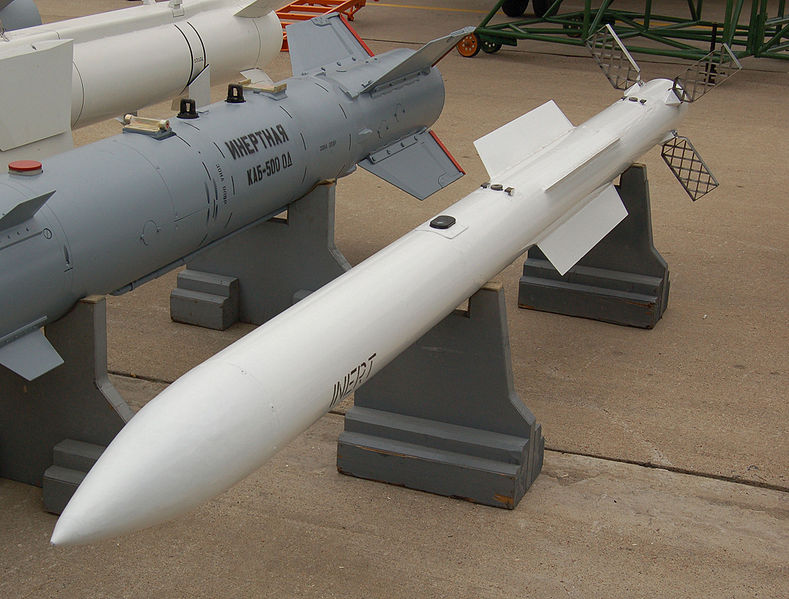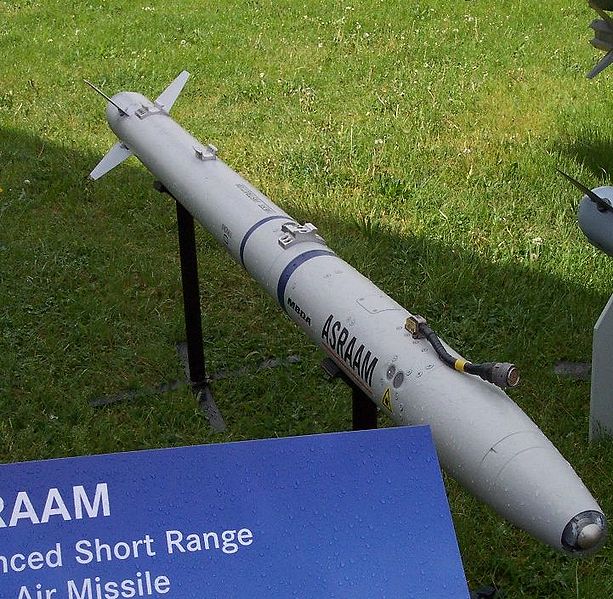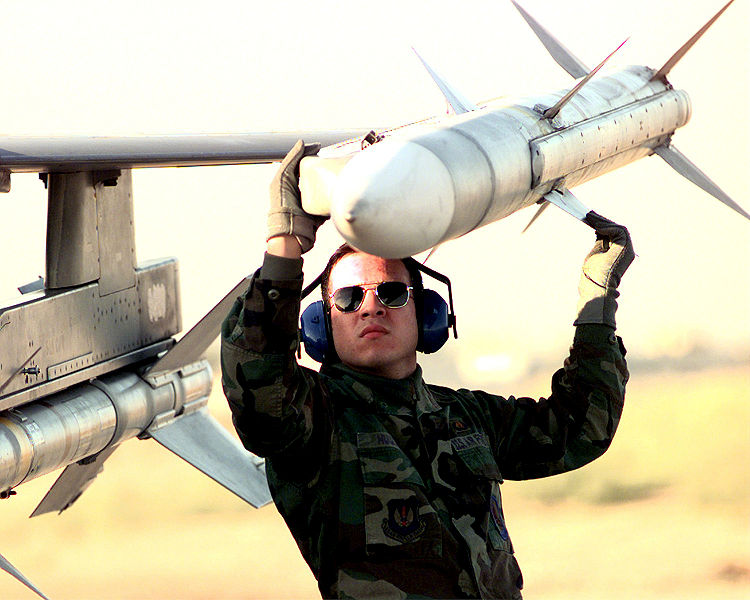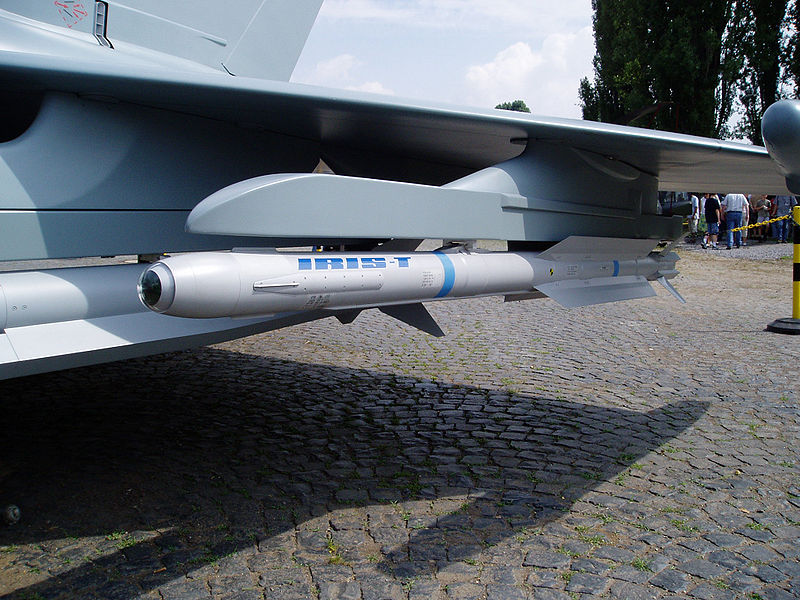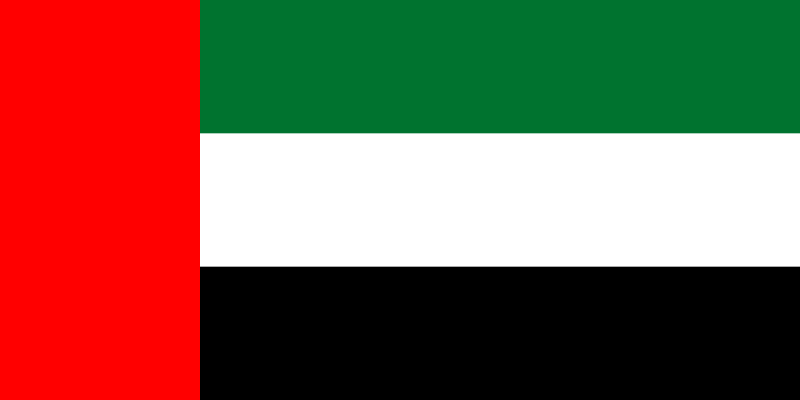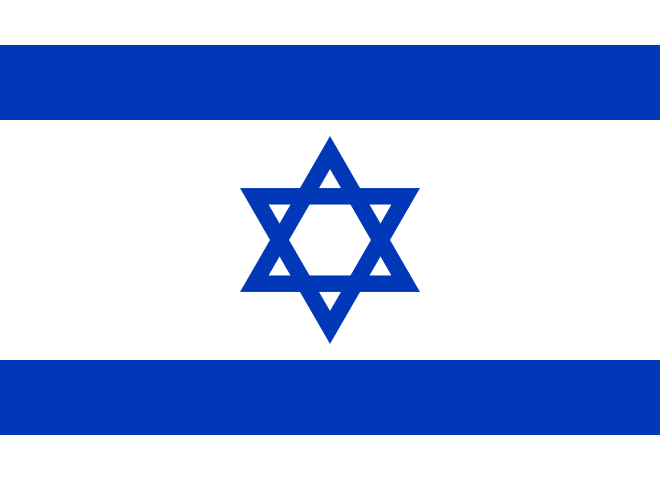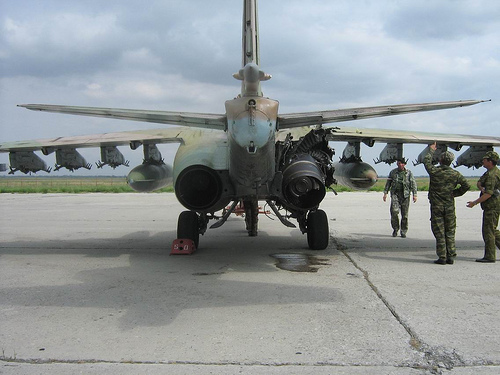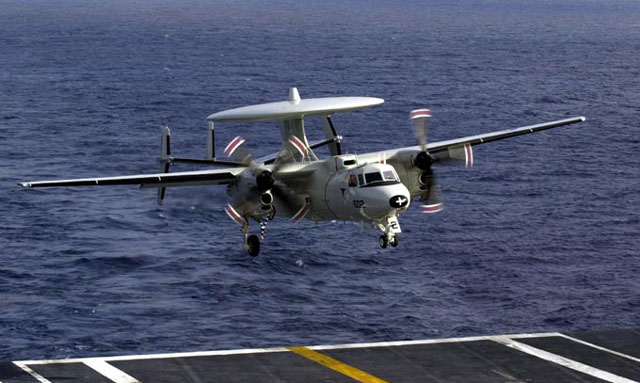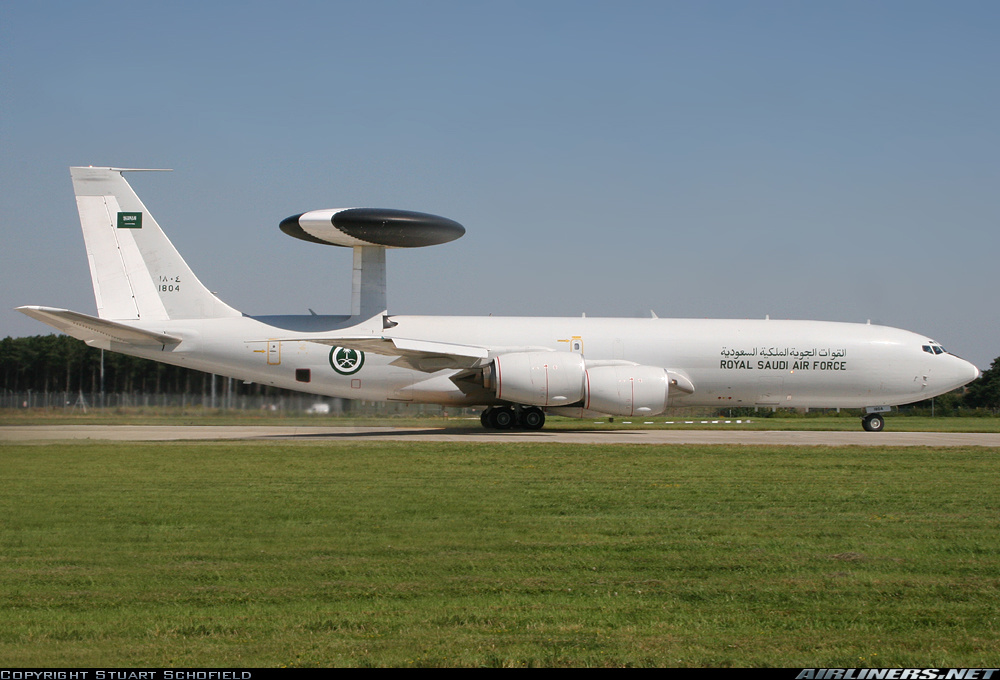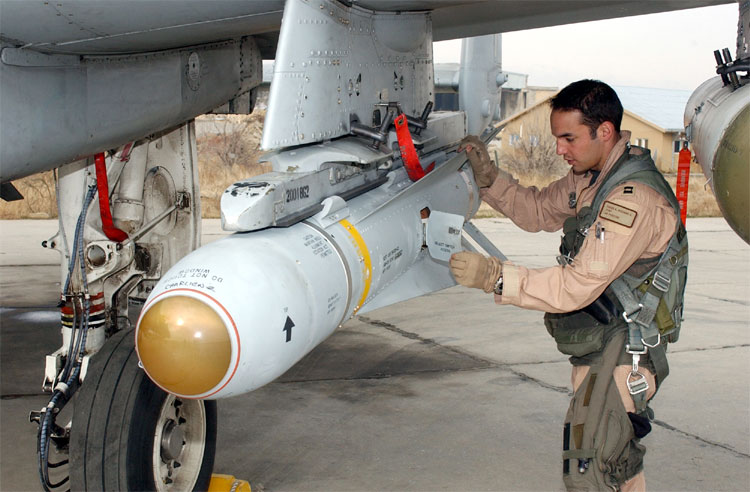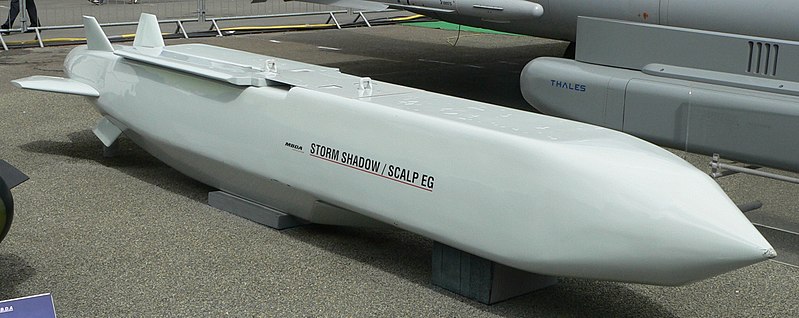بسم الله الرحمن الرحيم
هذا تقرير معهد إستكهولوم الدولى الخاص بسوق المقاتلات الحربيه
وهو تقرير رائع بالفعل يحتوى على معلومات عن هذه السوق
من عام 2000 إلى عام 2004
ومن عام 2005 إلى عام 2009
وبمعلومات مفصله
ويوجد بالتقرير جداول لتوضيح الصفقات وأعدادها والدول المنتجه والمصدره والمستورده
وسأقوم بعرض التقرير بلغته الأصليه
ثم سأقوم بترجمته كاملاآ ترجمه حرفيه
مع إضافة صور للمقاتلات وفيديوهات إن أمكن
وبعض المعلومات لشرح نقطه معينه
ثم بعد ذلك سأقوم بمناقشة المعلومات الوارده بالتقرير مع الأخوه الأعضاء
وهذا الموضوع خاص بالمنتدى العربى للدفاع والتسلح
ولن تجدوه مترجمآ فى أى موقع عربى اخر
لأن هذا التقرير من ترجمتى الخاصه وإعدادى
وقمت بوضع حقوق المنتدى العربى للدفاع والتسلح على الجداول الوارده فى الموضوع
OF COMBAT AIRCRAFT, INTERNATIONAL TRANSFERS
2005–2009
siemon t. wezeman
Combat aircraft dominate international arms transfers. They accounted
for 27 per cent of the volume of transfers of major weapons over the period
2005–2009. This dominant position is even more apparent if all the weapons
and components that are transferred for use with combat aircraft—missiles,
bombs, sensors and engines—are taken into account. Together, combat air-
craft and related weapons and components accounted for around 33 per cent
of the volume of transfers (see figure 1 and box 1; see also box 2 below for an
explanation of SIPRI estimates of volumes).
The fact that combat aircraft form such a large segment of transfers of
major weapons is neither surprising nor dramatically new. However, with
their potential for sudden and long-range attacks, combat aircraft are among
the weapons with the greatest potential to cause instability. They are also
expensive to acquire and to operate and thus place a heavy burden on mili-
tary budgets. For these two reasons, transfers of combat aircraft have been
and remain a matter of great importance and concern.
THE SUPPLIERS OF COMBAT AIRCRAFT
Only 11 countries currently produce combat aircraft: China, France, India,
Japan, Russia, Sweden and the United States each produce locally designed
aircraft, while Germany, Italy, Spain and the United Kingdom have formed
a consortium for the production of the Eurofighter Typhoon (see table 1). A
number of other countries also supply second-hand aircraft (see table 2).
Russia and the USA are by far the two largest suppliers of combat aircraft
(and, indeed, of all major conventional weapons): combat aircraft accounted
for about two-fifths of the volume of their total deliveries of major weapons
in the period 2005–2009 (see table 3). Exports represent a substantial por-
tion of these two countries’ total production of combat aircraft and both the
USA and Russia have received a constant stream of small and large foreign
orders for combat aircraft in the past five years. The USA exported 331 new
F-16C, F/A-18E and F-15E aircraft and produced a similar number of F/A-18E
and F-22 aircraft for its own forces over the five years 2005–2009. Russia’s
exports of 215 Su-25, Su-27, Su-30 and MiG-29 aircraft outnumbered the
aircraft produced for its own use by more than 10 to 1. Based on known
orders, this pattern will probably not change for the USA, while for Russia
the proportion of aircraft produced for national use is likely to increase.
The pattern of exports of the smaller exporters of combat aircraft—China,
France, Germany, Sweden and the UK—is uneven (see table 2). Production
by these countries is often exclusively for national use as foreign orders are
received infrequently. The other producers of combat aircraft—India, Italy,
Japan and Spain—receive orders (for both export and national use) infre-
quently and their ratios of production for export versus national use vary.
In the period 2005–2009 some of these producers only produced for export,
while others produced only for the national market.
China has exported about 41 F-7 and JF-17 aircraft but has produced
substantially more J-10, JH-7 and other combat aircraft for national use.
While it has a substantial order for the JF-17 from Pakistan (reported as
50–150 units), there is no great prospect of large orders from other countries
and production of the J-10 and other combat aircraft for national use will
continue to outnumber exports.
Similarly, in 2005–2009 the producers of the Typhoon—Italy, Germany,
Spain and the UK—made approximately 150 aircraft for national use and
only 24 for export (15 from Germany and 9 from the UK). While Italy, Ger-
many and Spain have no outstanding export orders, the UK as an individual
Typhoon producer has about as many orders for export (c. 63 aircraft for
Saudi Arabia) as for national use.
France, which had had outstanding orders for newly produced combat
aircraft in every year since 1961, has had no deliveries outstanding since
2008. While France has historically produced more combat aircraft for
export than national use, it exported only 17 newly produced Mirage-2000
aircraft in 2005–2009 compared with approximately 65 Rafales produced
for national use. Despite aggressive marketing, it has not yet sold the Rafale
abroad.
Sweden has produced a total of about 60 JAS-39 aircraft, of which 37 were
exported in 2005–2009. It has no outstanding orders for national use and
25–31 are to be delivered to foreign buyers in the coming years.
Italy and Spain have not exported newly produced combat aircraft in
recent years. India has never exported combat aircraft, while Japan does not
ofer combat aircraft (or other weapons) for export.
In addition to transfers of newly produced aircraft, second-hand combat
aircraft have been transferred by both the original manufacturing countries
and by other users. Second-hand aircraft accounted for 26 per cent of the
number of combat aircraft transferred in 2005–2009 (see table 2). Ukraine,
with a huge inventory of surplus Soviet-era aircraft, delivered the highest
number of such second-hand aircraf t in this period—68 aircraf t, representing
27 per cent of the total number of second-hand aircraft transferred. After the
USA, the original producer and lar gest user of F-16 aircraft, Belgium and the
Nether lands were the largest exporters of F-16s; these states both sold aircraft
that have become surplus due to reductions in the size of their armed forces.
For arms-producing countries, sales of combat
For arms-producing countries, sales of combat
aircraft form a significant proportion of their arms
exports (see figure 2) and are often the highest-
valued arms exports. While all pro ducers developed
and continue to develop their combat aircraft for
national use, they also see exports as almost a
necessity in order to recoup some of the extremely
high development costs. Govern ments of producer
countries therefore often do their utmost to win
orders for combat aircraft. This includes repeated
visits by high-ranking govern ment oicials, includ-
ing presidents and prime ministers, extensive ofset
arrangements, credits, technology transfers to
local industries and fast deliveries from production
originally earmarked for use by the exporter’s own
armed forces.
Because of the high values of combat aircraft
programmes, it is not surprising that companies
producing such aircraft or major components or
weapons for them are consistently among the lar-
gest arms-producing companies in the world. In
2007 and 2008, the three companies at the top of
the SIPRI Top 100 arms-producing companies
pro duced combat aircraft (among other weapons).
Indeed, in both years, the 10 largest arms-producing
companies either made combat aircraft or major
components or weapons for them.
THE RECIPIENTS OF COMBAT AIRCRAFT
For most of the 10 largest importers of major weap-
ons in the period 2005–2009, combat aircraft made
up a substantial proportion of their arms imports
(see figure 3).
Over the period 2005–2009, 44 countries
imported combat aircraft (see table 4). India, the
United Arab Emirates (UAE) and Israel were by far
the largest recipients of combat aircraft. Together,
these three countries—which each lies in a region
of serious inter national tensions—accounted for
almost one-third of all transfers of combat aircraft. For all three, combat
aircraft made up far over half of the total volume of major arms imports for
2005–2009.
THE IMPACT ON STABILITY
Combat aircraft have the potential to be among the most destabil izing of
weapons. While they are important as a defensive weapon, the possession
of combat aircraft often also gives the capability to strike fast and far into
neighbouring countries, as exemplified by the Israeli air attack on Syria
in September 2007 and Russian attacks on Georgia in August 2008. This
capabil ity increases significantly when the aircraft are supported by tanker
air craft and when they are equipped with advanced electronic warfare
systems and large numbers of short- and long-range stand-of precision
weapons. Such weapons and systems have become the norm in recent years.
Because of their destabilizing potential, combat aircraft are specifically
included among the weapons covered by the 1990 Treaty on Conventional
Armed Forces in Europe (CFE Treaty). The European states that are party
to the CFE Treaty must respect limits on their holdings of combat aircraft
(as well as armoured vehicles, artillery, attack helicopters and tanks). In add-
ition, all United Nations member states are expected to annually report their
imports and exports of combat aircraft to the UN Register of Conventional
Arms (UNROCA). UNROCA was established in 1991 to prevent the destabil-
izing build-up of arms. It includes seven categories of weapons considered
potentially most destabilizing: armoured vehicles, artillery, attack heli-
copters, combat aircraft, missiles and missile launchers, tanks, and warships.
Seven of the eight states with nuclear weapons include combat aircraft
among the systems for delivering these weapons (only the UK has aban-
doned aircraft as a means of delivery). Both India and Israel, two of the
largest importers of combat aircraft, are known or believed to have assigned
nuclear tasks to combat aircraft imported in recent years. However, while
the transfer of ballistic and cruise missiles and their technology has been
high on the arms control and export control agendas in part because of their
capability to carry nuclear and other mass destruction weapons, the transfer
of advanced combat aircraft and air-to-ground missiles capable of carry ing
nuclear warheads is not.
THE ECONOMIC IMPACT
Combat aircraft are expensive pieces of military hardware: the more
advanced aircraft cost over $40 million each and often substantially more
(see box 2 and table 5). Acquisition programmes for combat aircraft are the
most expensive military hardware programmes for many countries.
The cost of the acquisition programmes is further heightened because other
high-value contracts—for armaments, training, spare parts, maintenance
and technical support, or infrastructure—are often signed simultaneously
In addition, operating costs are high and significant costs result from major
upgrade programmes (e.g. mid-
life upgrades) that many combat
aircraft undergo after having
been in service for 15–20 years
(see table 6 for examples).
Because of their high costs,
combat aircraft can weigh heavily
on military budgets. Even for rich
countries, the acquisition of such
expensive systems may shape the
direction of defence policy and
doctrine for many years—once
bought, countries are unlikely to
dispose of such high-value assets
quickly.
THE SIPRI ARMS TRANSFERS DATABASE
The data included in this fact sheet is taken from the SIPRI Arms Transfers Database.
The database contains information on all transfers of major conventional weapons from
1950 to 2009.
SIPRI data on transfers of major weapons are based on actual deliveries of major
conventional weapons defined by SIPRI as: aircraft, armoured vehicles, ships over
100 tonnes, guided weapons, larger radars and other sensors, artillery over 100-mm
calibre, missile and gun air-defence systems, and engines and turrets for selected larger
platforms.
The infomation in the database is collected from a wide variety of sources: news-
papers and other periodicals; annual reference books; monographs; oicial national
and international documents; information from industry; and blogs and other Internet
publi cations. The common criterion for all these sources is that they are open, that is,
published and available to the public.
The SIPRI Arms Transfers Database is available online at <http://www.sipri.org/
databases/armstransfers/>.
OTHER SIPRI SOURCES OF INFORMATION ON COMBAT AIRCRAFT
The SIPRI Top 100 arms-producing companies
Information on the 100 largest arms-companies worldwide (excluding China) is pub-
lished each year in the SIPRI Yearbook. The most recent list, for 2008, is available at
<http://www.sipri.org/research/armaments/production/Top100/> and is discussed in
Jackson, S. T., ‘Arms production’, SIPRI Yearbook 2010: Armaments, Dis armament and
International Security (Oxford University Press: Oxford, 2010).
World nuclear forces
Information on the use of combat aircraft in the delivery of nuclear weapons appears in
each edition of the SIPRI Yearbook. For the most recent information, see
Kile, S. N. et al., ‘World nuclear forces’, SIPRI Yearbook 2010: Armaments, Disarmament
and International Security (Oxford University Press: Oxford, 2010).
ABOUT THE AUTHOR
Siemon T. Wezeman (the Netherlands) is a Senior Fellow with the SIPRI Arms
Transfers Programme, where he has worked since 1992. Among his publications are
several relating to international transparency in arms transfers, The Future of the United
Nations Register of Conventional Arms, SIPRI Policy Paper no. 4 (August 2003), and
Cluster Weapons: Necessity or Convenience? (Pax Christi Netherlands, 2005, co-author).
He has contributed to the SIPRI Yearbook since 1993.
هذا تقرير معهد إستكهولوم الدولى الخاص بسوق المقاتلات الحربيه
وهو تقرير رائع بالفعل يحتوى على معلومات عن هذه السوق
من عام 2000 إلى عام 2004
ومن عام 2005 إلى عام 2009
وبمعلومات مفصله
ويوجد بالتقرير جداول لتوضيح الصفقات وأعدادها والدول المنتجه والمصدره والمستورده
وسأقوم بعرض التقرير بلغته الأصليه
ثم سأقوم بترجمته كاملاآ ترجمه حرفيه
مع إضافة صور للمقاتلات وفيديوهات إن أمكن
وبعض المعلومات لشرح نقطه معينه
ثم بعد ذلك سأقوم بمناقشة المعلومات الوارده بالتقرير مع الأخوه الأعضاء
وهذا الموضوع خاص بالمنتدى العربى للدفاع والتسلح
ولن تجدوه مترجمآ فى أى موقع عربى اخر
لأن هذا التقرير من ترجمتى الخاصه وإعدادى
وقمت بوضع حقوق المنتدى العربى للدفاع والتسلح على الجداول الوارده فى الموضوع
OF COMBAT AIRCRAFT, INTERNATIONAL TRANSFERS
2005–2009
siemon t. wezeman
Combat aircraft dominate international arms transfers. They accounted
for 27 per cent of the volume of transfers of major weapons over the period
2005–2009. This dominant position is even more apparent if all the weapons
and components that are transferred for use with combat aircraft—missiles,
bombs, sensors and engines—are taken into account. Together, combat air-
craft and related weapons and components accounted for around 33 per cent
of the volume of transfers (see figure 1 and box 1; see also box 2 below for an
explanation of SIPRI estimates of volumes).
The fact that combat aircraft form such a large segment of transfers of
major weapons is neither surprising nor dramatically new. However, with
their potential for sudden and long-range attacks, combat aircraft are among
the weapons with the greatest potential to cause instability. They are also
expensive to acquire and to operate and thus place a heavy burden on mili-
tary budgets. For these two reasons, transfers of combat aircraft have been
and remain a matter of great importance and concern.
THE SUPPLIERS OF COMBAT AIRCRAFT
Only 11 countries currently produce combat aircraft: China, France, India,
Japan, Russia, Sweden and the United States each produce locally designed
aircraft, while Germany, Italy, Spain and the United Kingdom have formed
a consortium for the production of the Eurofighter Typhoon (see table 1). A
number of other countries also supply second-hand aircraft (see table 2).
Russia and the USA are by far the two largest suppliers of combat aircraft
(and, indeed, of all major conventional weapons): combat aircraft accounted
for about two-fifths of the volume of their total deliveries of major weapons
in the period 2005–2009 (see table 3). Exports represent a substantial por-
tion of these two countries’ total production of combat aircraft and both the
USA and Russia have received a constant stream of small and large foreign
orders for combat aircraft in the past five years. The USA exported 331 new
F-16C, F/A-18E and F-15E aircraft and produced a similar number of F/A-18E
and F-22 aircraft for its own forces over the five years 2005–2009. Russia’s
exports of 215 Su-25, Su-27, Su-30 and MiG-29 aircraft outnumbered the
aircraft produced for its own use by more than 10 to 1. Based on known
orders, this pattern will probably not change for the USA, while for Russia
the proportion of aircraft produced for national use is likely to increase.
The pattern of exports of the smaller exporters of combat aircraft—China,
France, Germany, Sweden and the UK—is uneven (see table 2). Production
by these countries is often exclusively for national use as foreign orders are
received infrequently. The other producers of combat aircraft—India, Italy,
Japan and Spain—receive orders (for both export and national use) infre-
quently and their ratios of production for export versus national use vary.
In the period 2005–2009 some of these producers only produced for export,
while others produced only for the national market.
China has exported about 41 F-7 and JF-17 aircraft but has produced
substantially more J-10, JH-7 and other combat aircraft for national use.
While it has a substantial order for the JF-17 from Pakistan (reported as
50–150 units), there is no great prospect of large orders from other countries
and production of the J-10 and other combat aircraft for national use will
continue to outnumber exports.
Similarly, in 2005–2009 the producers of the Typhoon—Italy, Germany,
Spain and the UK—made approximately 150 aircraft for national use and
only 24 for export (15 from Germany and 9 from the UK). While Italy, Ger-
many and Spain have no outstanding export orders, the UK as an individual
Typhoon producer has about as many orders for export (c. 63 aircraft for
Saudi Arabia) as for national use.
France, which had had outstanding orders for newly produced combat
aircraft in every year since 1961, has had no deliveries outstanding since
2008. While France has historically produced more combat aircraft for
export than national use, it exported only 17 newly produced Mirage-2000
aircraft in 2005–2009 compared with approximately 65 Rafales produced
for national use. Despite aggressive marketing, it has not yet sold the Rafale
abroad.
Sweden has produced a total of about 60 JAS-39 aircraft, of which 37 were
exported in 2005–2009. It has no outstanding orders for national use and
25–31 are to be delivered to foreign buyers in the coming years.
Italy and Spain have not exported newly produced combat aircraft in
recent years. India has never exported combat aircraft, while Japan does not
ofer combat aircraft (or other weapons) for export.
In addition to transfers of newly produced aircraft, second-hand combat
aircraft have been transferred by both the original manufacturing countries
and by other users. Second-hand aircraft accounted for 26 per cent of the
number of combat aircraft transferred in 2005–2009 (see table 2). Ukraine,
with a huge inventory of surplus Soviet-era aircraft, delivered the highest
number of such second-hand aircraf t in this period—68 aircraf t, representing
27 per cent of the total number of second-hand aircraft transferred. After the
USA, the original producer and lar gest user of F-16 aircraft, Belgium and the
Nether lands were the largest exporters of F-16s; these states both sold aircraft
that have become surplus due to reductions in the size of their armed forces.
For arms-producing countries, sales of combat
For arms-producing countries, sales of combat
aircraft form a significant proportion of their arms
exports (see figure 2) and are often the highest-
valued arms exports. While all pro ducers developed
and continue to develop their combat aircraft for
national use, they also see exports as almost a
necessity in order to recoup some of the extremely
high development costs. Govern ments of producer
countries therefore often do their utmost to win
orders for combat aircraft. This includes repeated
visits by high-ranking govern ment oicials, includ-
ing presidents and prime ministers, extensive ofset
arrangements, credits, technology transfers to
local industries and fast deliveries from production
originally earmarked for use by the exporter’s own
armed forces.
Because of the high values of combat aircraft
programmes, it is not surprising that companies
producing such aircraft or major components or
weapons for them are consistently among the lar-
gest arms-producing companies in the world. In
2007 and 2008, the three companies at the top of
the SIPRI Top 100 arms-producing companies
pro duced combat aircraft (among other weapons).
Indeed, in both years, the 10 largest arms-producing
companies either made combat aircraft or major
components or weapons for them.
THE RECIPIENTS OF COMBAT AIRCRAFT
For most of the 10 largest importers of major weap-
ons in the period 2005–2009, combat aircraft made
up a substantial proportion of their arms imports
(see figure 3).
Over the period 2005–2009, 44 countries
imported combat aircraft (see table 4). India, the
United Arab Emirates (UAE) and Israel were by far
the largest recipients of combat aircraft. Together,
these three countries—which each lies in a region
of serious inter national tensions—accounted for
almost one-third of all transfers of combat aircraft. For all three, combat
aircraft made up far over half of the total volume of major arms imports for
2005–2009.
THE IMPACT ON STABILITY
Combat aircraft have the potential to be among the most destabil izing of
weapons. While they are important as a defensive weapon, the possession
of combat aircraft often also gives the capability to strike fast and far into
neighbouring countries, as exemplified by the Israeli air attack on Syria
in September 2007 and Russian attacks on Georgia in August 2008. This
capabil ity increases significantly when the aircraft are supported by tanker
air craft and when they are equipped with advanced electronic warfare
systems and large numbers of short- and long-range stand-of precision
weapons. Such weapons and systems have become the norm in recent years.
Because of their destabilizing potential, combat aircraft are specifically
included among the weapons covered by the 1990 Treaty on Conventional
Armed Forces in Europe (CFE Treaty). The European states that are party
to the CFE Treaty must respect limits on their holdings of combat aircraft
(as well as armoured vehicles, artillery, attack helicopters and tanks). In add-
ition, all United Nations member states are expected to annually report their
imports and exports of combat aircraft to the UN Register of Conventional
Arms (UNROCA). UNROCA was established in 1991 to prevent the destabil-
izing build-up of arms. It includes seven categories of weapons considered
potentially most destabilizing: armoured vehicles, artillery, attack heli-
copters, combat aircraft, missiles and missile launchers, tanks, and warships.
Seven of the eight states with nuclear weapons include combat aircraft
among the systems for delivering these weapons (only the UK has aban-
doned aircraft as a means of delivery). Both India and Israel, two of the
largest importers of combat aircraft, are known or believed to have assigned
nuclear tasks to combat aircraft imported in recent years. However, while
the transfer of ballistic and cruise missiles and their technology has been
high on the arms control and export control agendas in part because of their
capability to carry nuclear and other mass destruction weapons, the transfer
of advanced combat aircraft and air-to-ground missiles capable of carry ing
nuclear warheads is not.
THE ECONOMIC IMPACT
Combat aircraft are expensive pieces of military hardware: the more
advanced aircraft cost over $40 million each and often substantially more
(see box 2 and table 5). Acquisition programmes for combat aircraft are the
most expensive military hardware programmes for many countries.
The cost of the acquisition programmes is further heightened because other
high-value contracts—for armaments, training, spare parts, maintenance
and technical support, or infrastructure—are often signed simultaneously
In addition, operating costs are high and significant costs result from major
upgrade programmes (e.g. mid-
life upgrades) that many combat
aircraft undergo after having
been in service for 15–20 years
(see table 6 for examples).
Because of their high costs,
combat aircraft can weigh heavily
on military budgets. Even for rich
countries, the acquisition of such
expensive systems may shape the
direction of defence policy and
doctrine for many years—once
bought, countries are unlikely to
dispose of such high-value assets
quickly.
THE SIPRI ARMS TRANSFERS DATABASE
The data included in this fact sheet is taken from the SIPRI Arms Transfers Database.
The database contains information on all transfers of major conventional weapons from
1950 to 2009.
SIPRI data on transfers of major weapons are based on actual deliveries of major
conventional weapons defined by SIPRI as: aircraft, armoured vehicles, ships over
100 tonnes, guided weapons, larger radars and other sensors, artillery over 100-mm
calibre, missile and gun air-defence systems, and engines and turrets for selected larger
platforms.
The infomation in the database is collected from a wide variety of sources: news-
papers and other periodicals; annual reference books; monographs; oicial national
and international documents; information from industry; and blogs and other Internet
publi cations. The common criterion for all these sources is that they are open, that is,
published and available to the public.
The SIPRI Arms Transfers Database is available online at <http://www.sipri.org/
databases/armstransfers/>.
OTHER SIPRI SOURCES OF INFORMATION ON COMBAT AIRCRAFT
The SIPRI Top 100 arms-producing companies
Information on the 100 largest arms-companies worldwide (excluding China) is pub-
lished each year in the SIPRI Yearbook. The most recent list, for 2008, is available at
<http://www.sipri.org/research/armaments/production/Top100/> and is discussed in
Jackson, S. T., ‘Arms production’, SIPRI Yearbook 2010: Armaments, Dis armament and
International Security (Oxford University Press: Oxford, 2010).
World nuclear forces
Information on the use of combat aircraft in the delivery of nuclear weapons appears in
each edition of the SIPRI Yearbook. For the most recent information, see
Kile, S. N. et al., ‘World nuclear forces’, SIPRI Yearbook 2010: Armaments, Disarmament
and International Security (Oxford University Press: Oxford, 2010).
ABOUT THE AUTHOR
Siemon T. Wezeman (the Netherlands) is a Senior Fellow with the SIPRI Arms
Transfers Programme, where he has worked since 1992. Among his publications are
several relating to international transparency in arms transfers, The Future of the United
Nations Register of Conventional Arms, SIPRI Policy Paper no. 4 (August 2003), and
Cluster Weapons: Necessity or Convenience? (Pax Christi Netherlands, 2005, co-author).
He has contributed to the SIPRI Yearbook since 1993.
التعديل الأخير:




